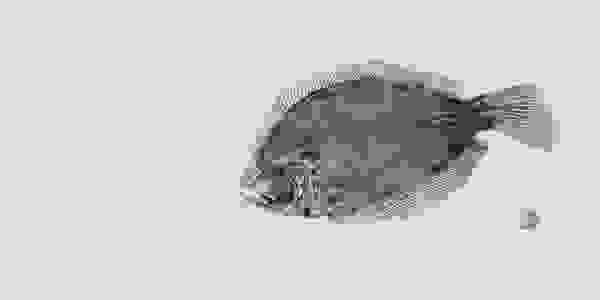The Art of GYOTAKU
The Traditional Japanese Printing of Fish
The technique is called Gyotaku, "gyo" meaning fish and "taku" meaning rubbing. This method of fish printing originated in the mid-19thcentury as a way for fisherman to record the size and characteristics of their daily catches. Some created them to track their trophies and others used them to showcase their inventory to local fish markets and customers.
Traditional Supplies
To create an authentic gyotaku you use washi paper which is made from fibers of the Gampi Tree, Mulberry bush, Bamboo, Hemp, Rice and other natural materials. My favorite mediums are rice paper and silk. The ink used is known as Sumi ink. Which is a water-based ink made from carbon. For the “brush” a tampo is used, which is a piece of foam with a handle.
My Own Twist
Gyotaku is special because there is little waste. I use the fish that I catch myself, or that friends provide to me. When the catch is fresh, I will filet one half to eat or give it away to customers and friends. Gyotaku is a beautiful way to capture the fine details of your catch.
two methods

Indirect
The paper is adhered to the body of the fish. Then I apply paint to the paper using handmade brushes called tampos. Tampos consist of cotton wrapped in fine silk that is taped to the end of a toothpick.

Direct
I apply ink directly to the fish and gently rub the fish paying close attention to the details of the head, fins and tail. When the painting is dry, I paint the eye with a brush. The eye is the only area of the fish that you can brush.
Website & Photos by @JessieEgnerPhotography
Copyright © 2020 Chuck Seaman Fish Art - All Rights Reserved.